Ivan 'Ironman' Stewart's Super Off Road is a 1989 arcade release that plays kind of like a fancy Super Sprint. It's a single screen game where three players race their trucks over a number of courses, picking up nitro and money, and upgrading their vehicles between races. It's fast, goofy, chaotic and a lot of fun. The orginal arcade, notably, featured a three steering wheel cabinet.
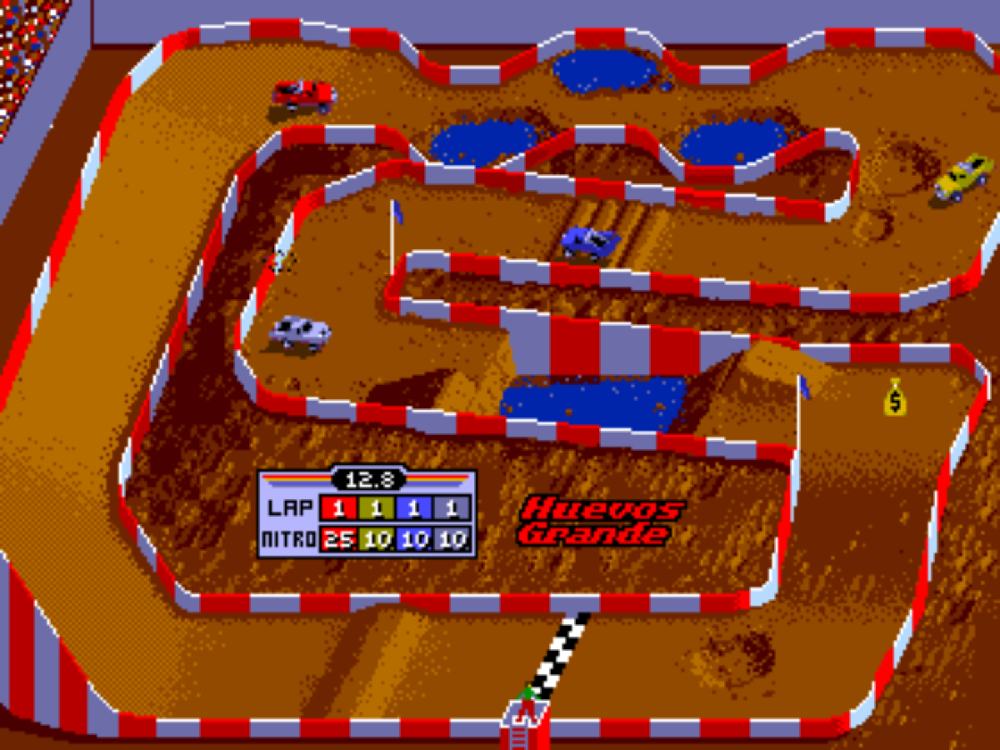
On the face of it, this simple game looks ideal for home ports... but can they capture the mayhem of the original?
The Amstrad CPC port is, unsurprisingly, based on the Spectrum version. But in this case, they've at least attempted to include some colour. Sadly, this amounts to changing the track to orange-brown and adding colour to two of the cars, meaning that the other two remain resolutely orange-brown. It's a curious choice, but I guess they ran into some four colour screen mode limit. It's not terrible though, but it does suffer from some horrendous slowdown. Like the Spectrum, it allows for just two players.
Next up is the C64 version, and it's pretty good. It's more colourful than its 8-bit cousins, and it allows for up to three players. It moves and plays okay. But it feels a little bit stiffer, losing some of the chaotic speed of the original. Good attempt!
The Spectrum port is arrestingly yellow. Yellow cars on a yellow track, with your yellow car being distinguished by a yellow square above your vehicle that takes a good few seconds to spot. However, despite its monochrome shortcomings, the conversion itself is top notch. As is often the case with Speccy ports, you can't hang your hat on either the graphics or the sound, but you will frequently find that the feel of the arcade original is captured surprisingly well. And that is totally the case here. Great speed, fluid control, a lot of fun! And some surprisingly good 128K sound!
So, for the 8-bit micros at least (the only comparison that really matters) a Speccy win!
For the posh kids, the Amiga got an effortlessly competent port. Lovely smooth graphics that perfectly capture the arcade original. Not much to say about this one, other than it's very good indeed.
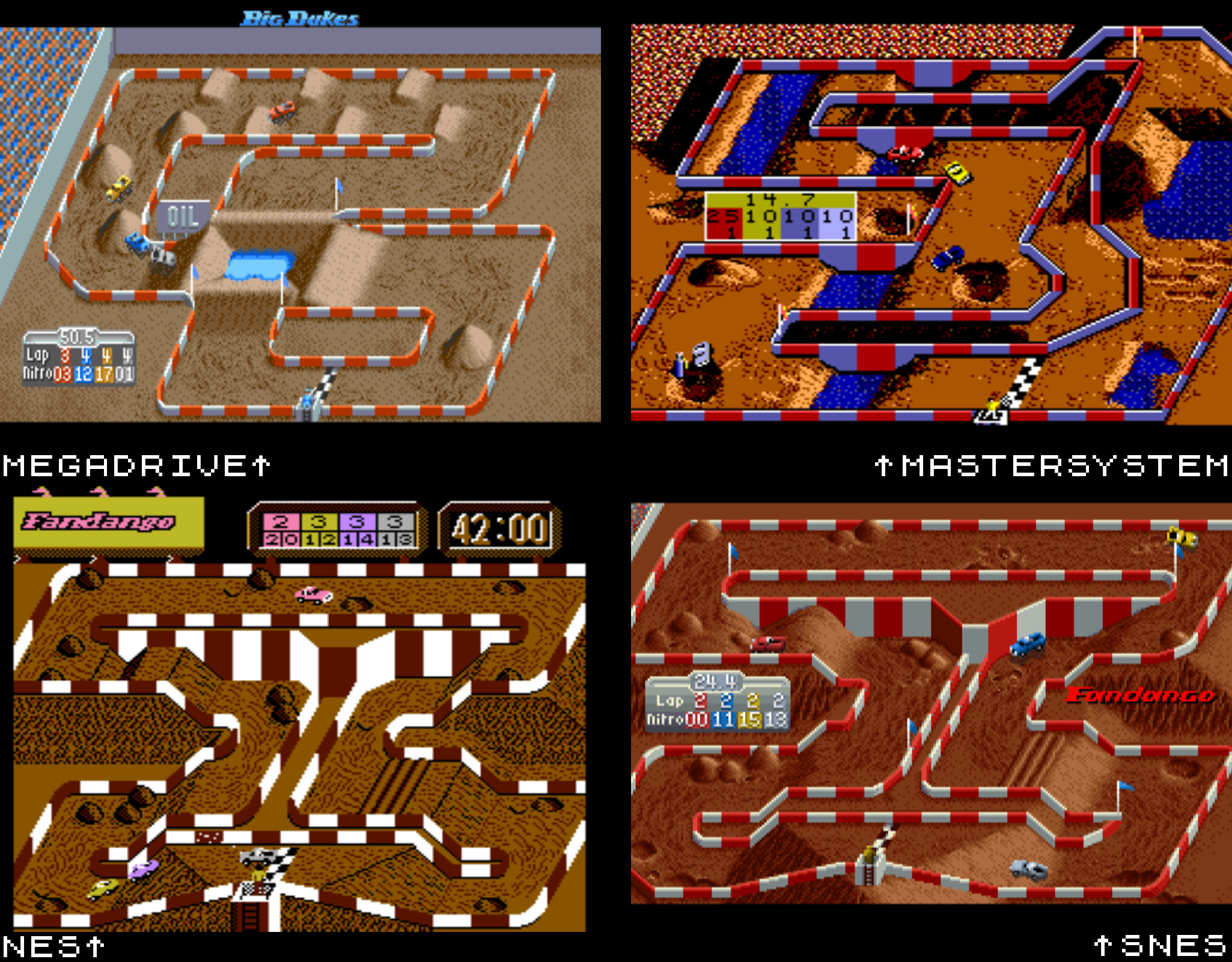
Over on the consoles, the SNES port is the best of the bunch. It looks, plays and sounds superb, retaining much of the original arcade and adding to it. Notably, the soundtrack is brilliant, with lots of catchy and memorable tracks. If you're going to play just one home port of Super Off Road, pick this one. It's rad!
The Megadrive/Genesis port... not so much. It's not terrible, it just tries to add a uniquely Megadrive spin on the game, which doesn't quite work. The end result is a drab looking version with a crunchy/scratchy Megadrive soundtrack which doesn't play quite as well as the SNES version.
On the 8-bit consoles, the Mastersystem is the best of the two. It's bright and crisp with good controls and smooth gameplay. The NES doesn't fare so well, with an incredibly drab palette that somehow swaps red for pink on the main car. However, it supports up to four players, which makes it unique among the home ports and even the arcade!
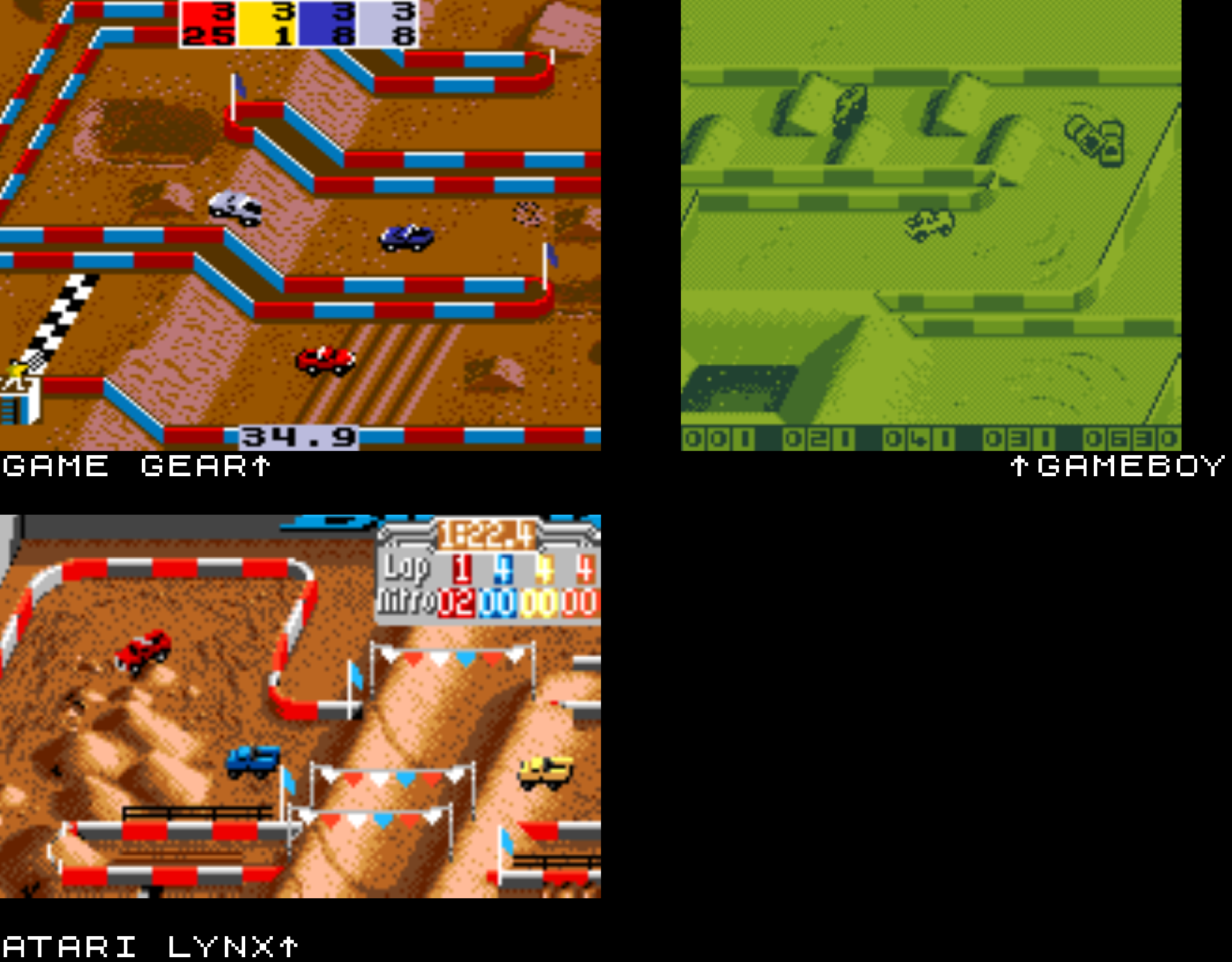
Sadly, the handhelds don't fare so well. All of them lose the single screen in favour of a scrolling play area, which tends to make the game feel a bit claustrophobic. The best of them is the Game Gear version, which is basically the Mastersystem version on a small screen, and it plays almost as well.
The Gameboy version, on the other hand, is a disaster, with slow scrolling, terrible controls and indistinct graphics. Kind of like a shitty RC Pro Am.
And even worse than the Gameboy port, is the Atari Lynx port. It initially looks promising, with chunky, colourful graphics that capture the arcade well. Then it starts moving... jerky scrolling, bad controls and annoying sound make this the very bottom of the bunch. Avoid!
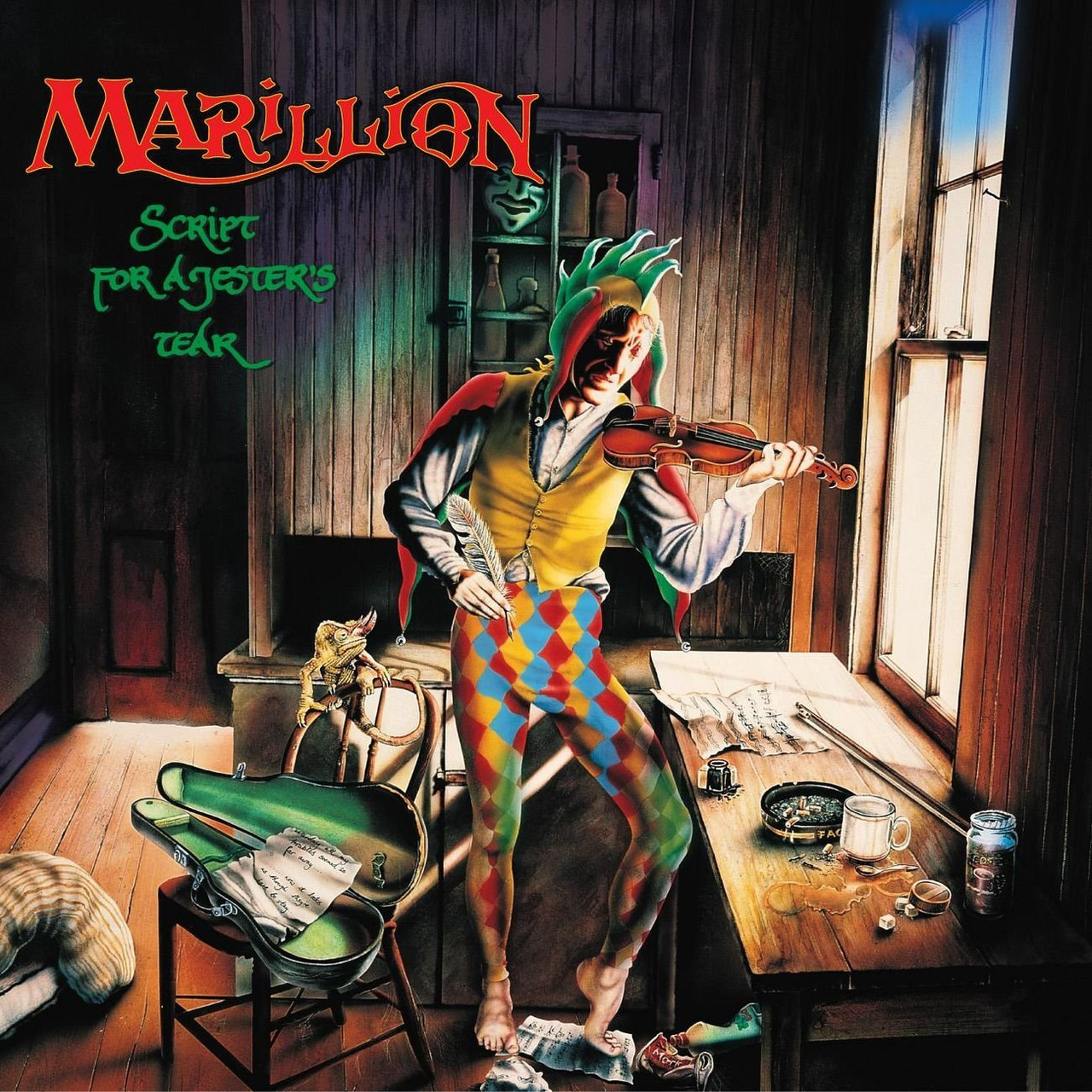



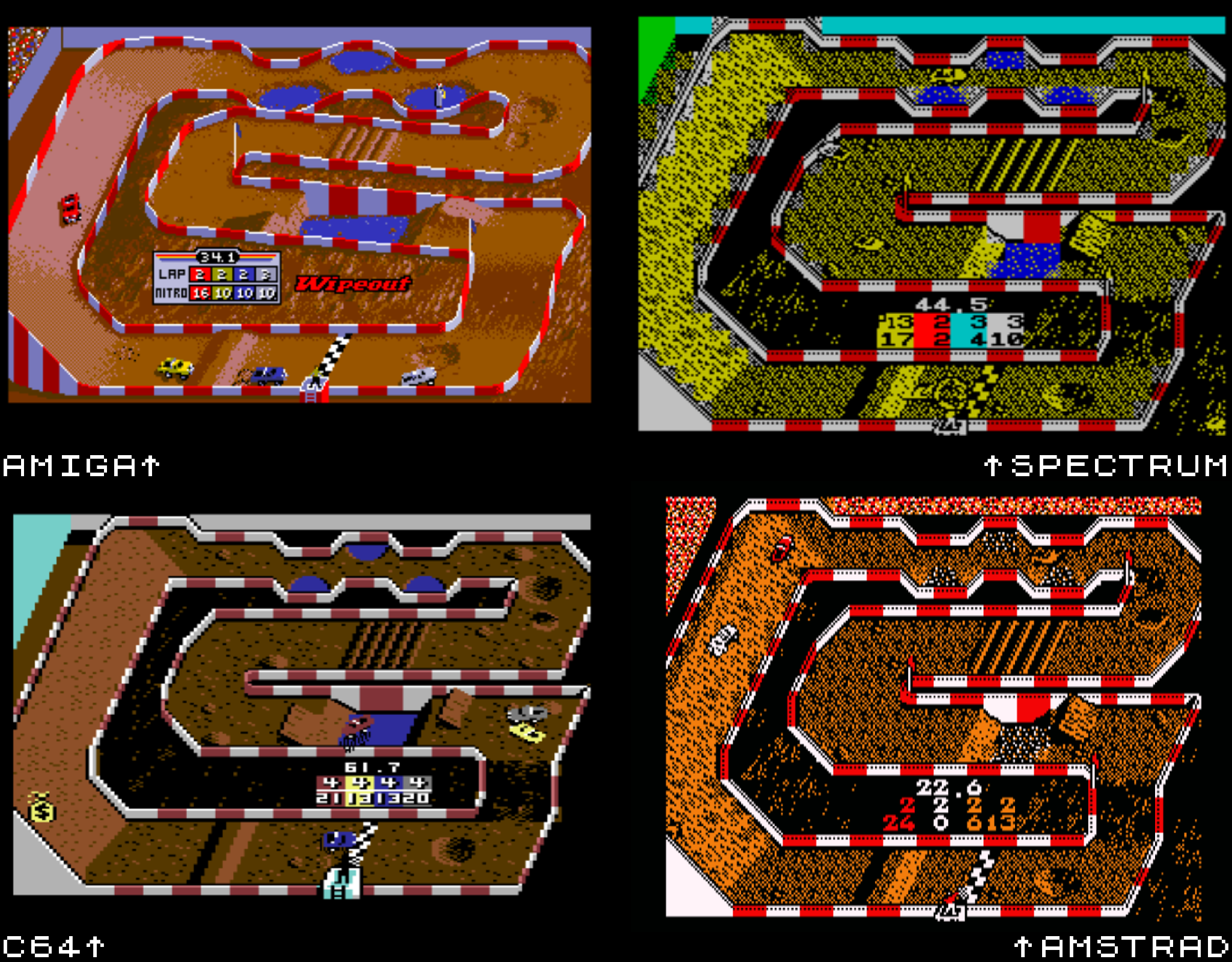
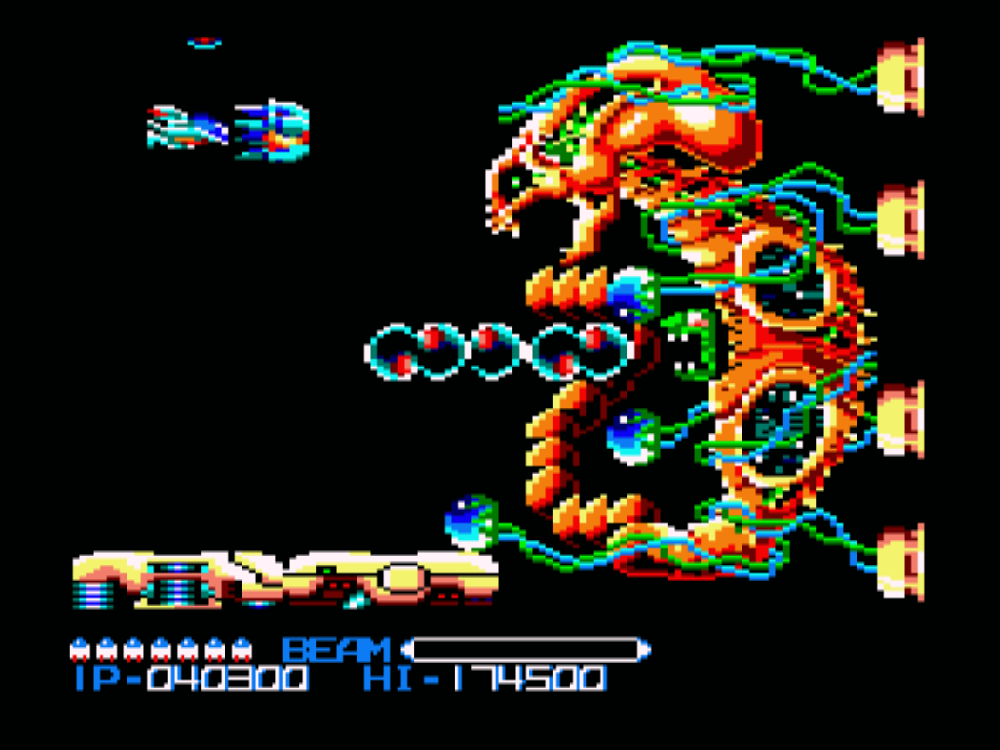

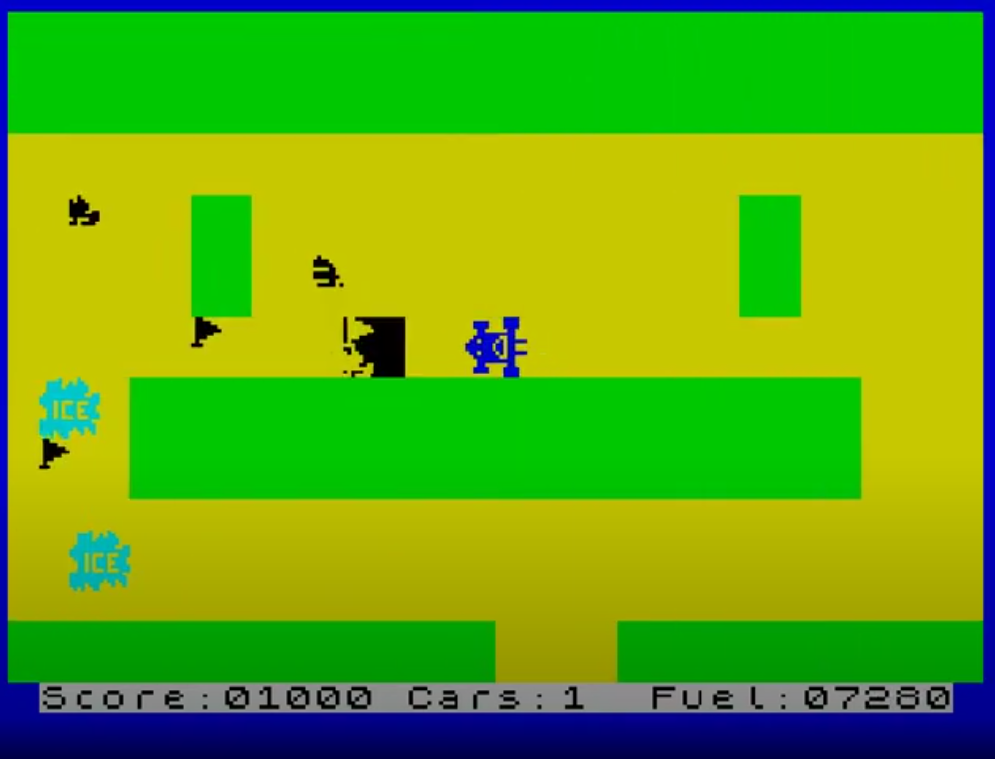
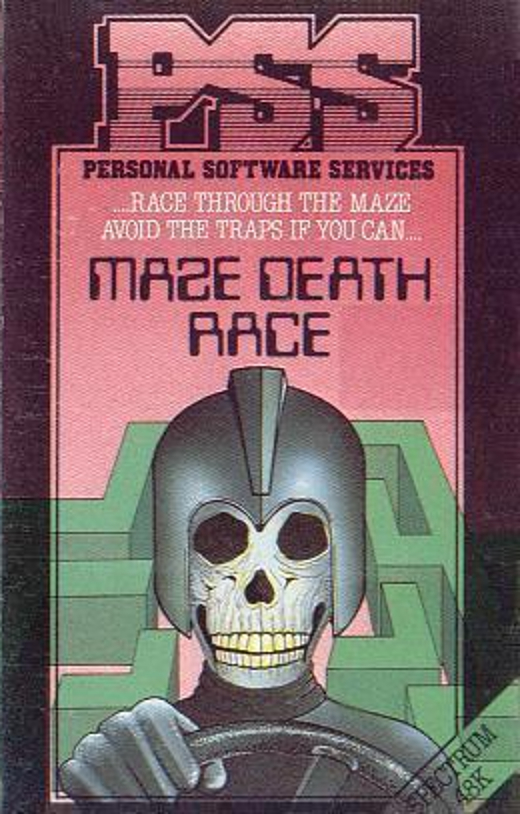
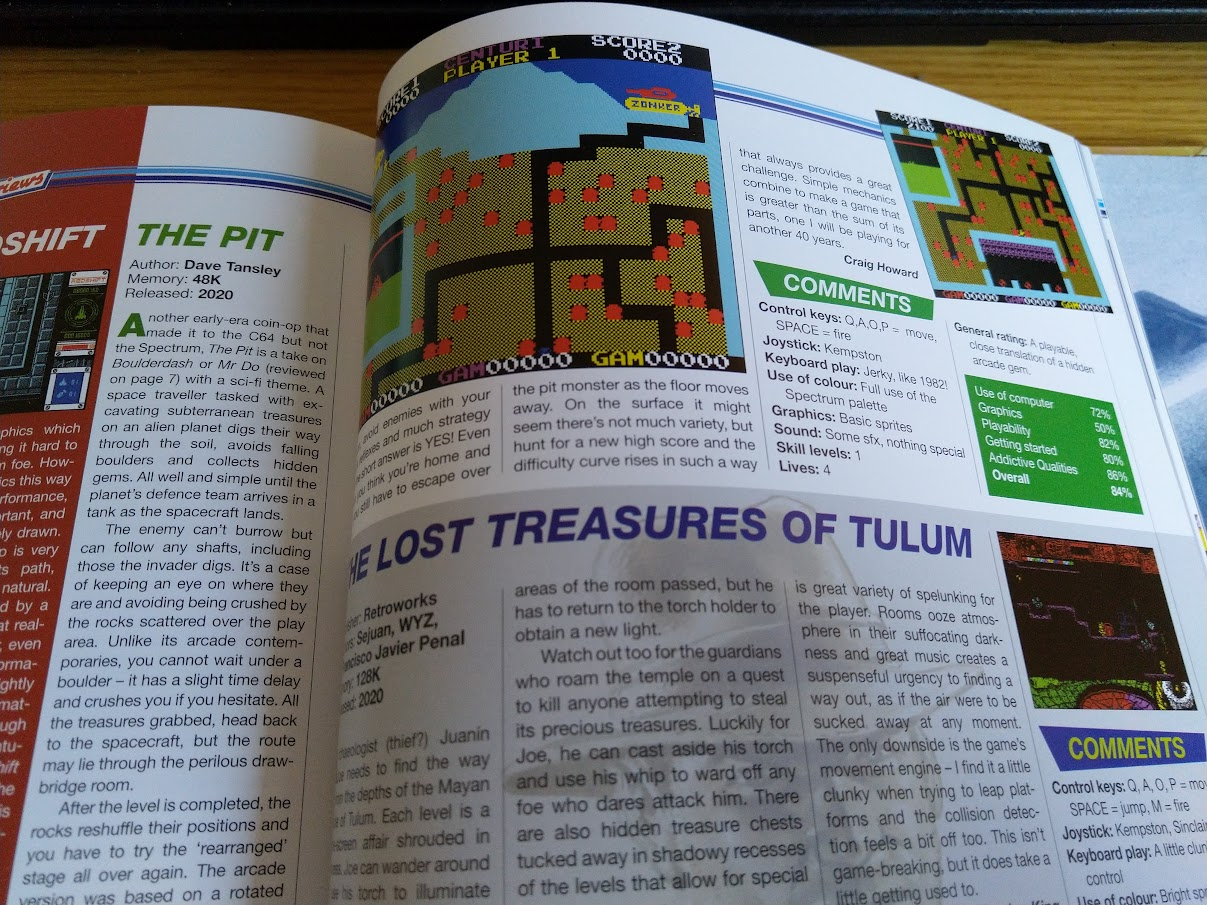
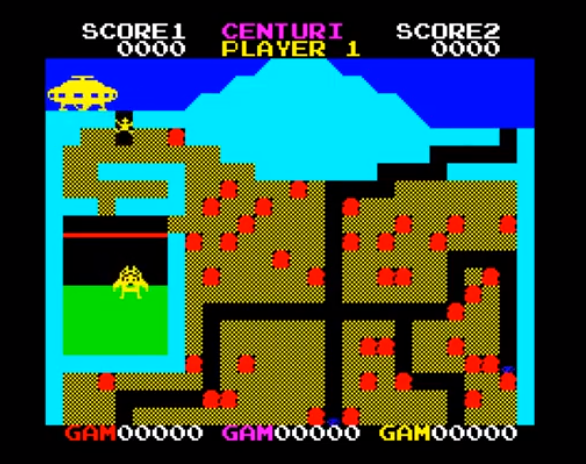
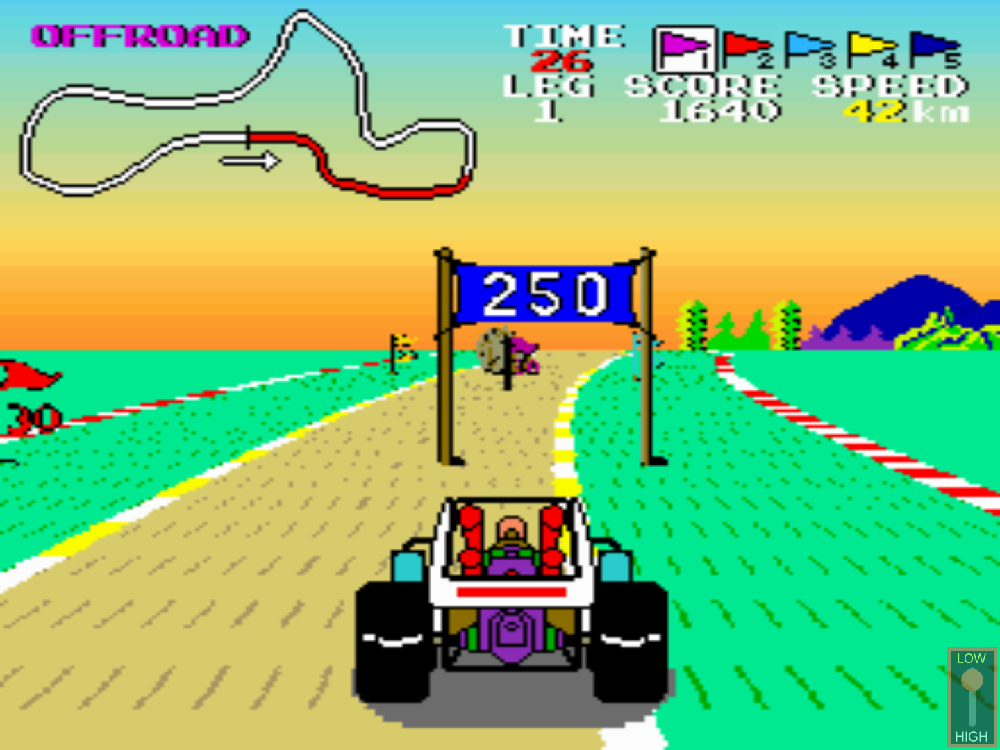
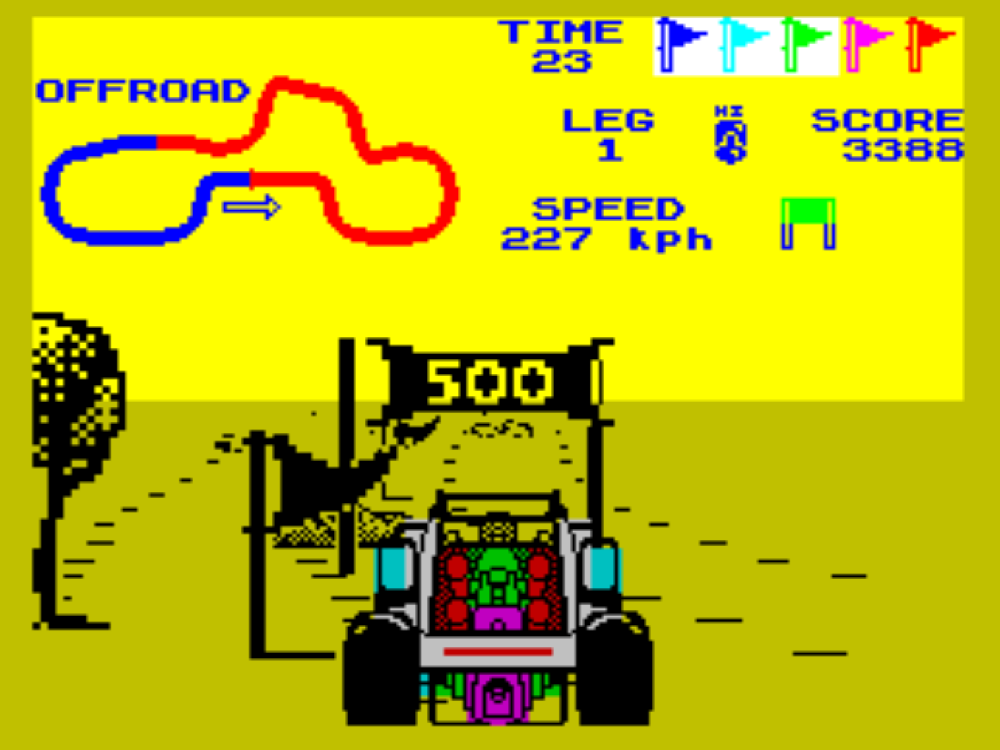
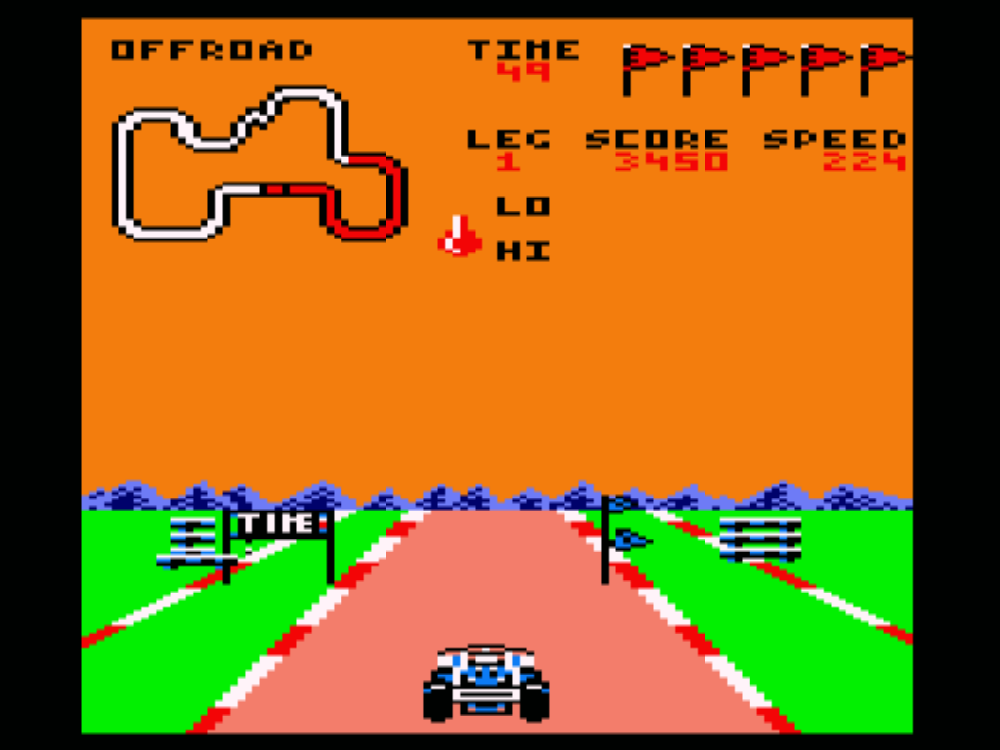
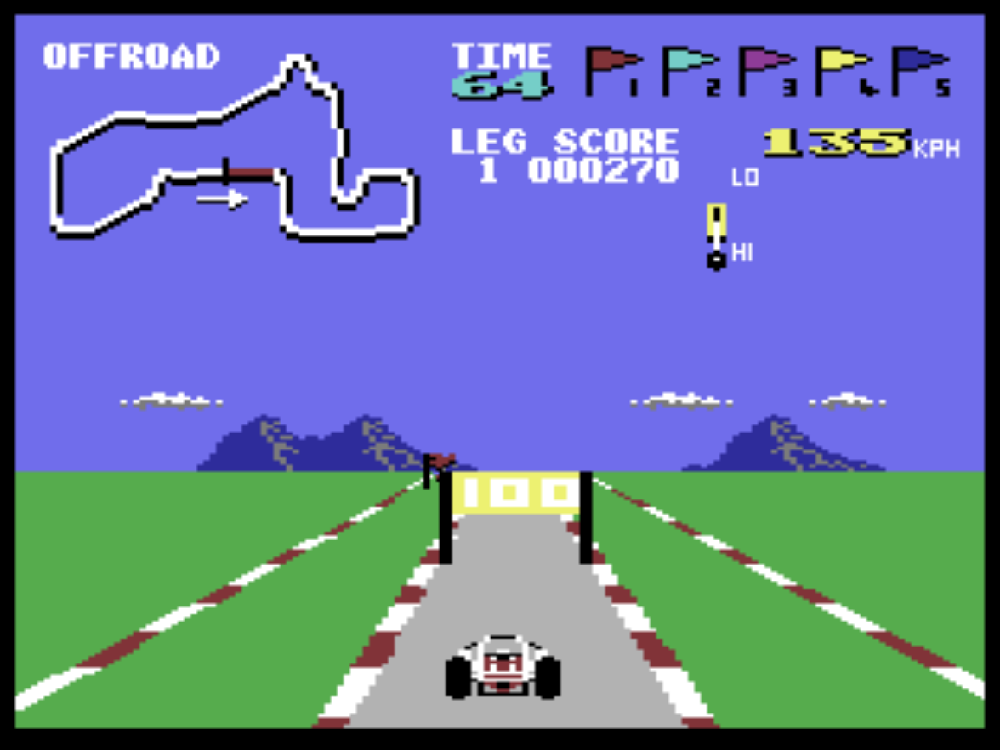
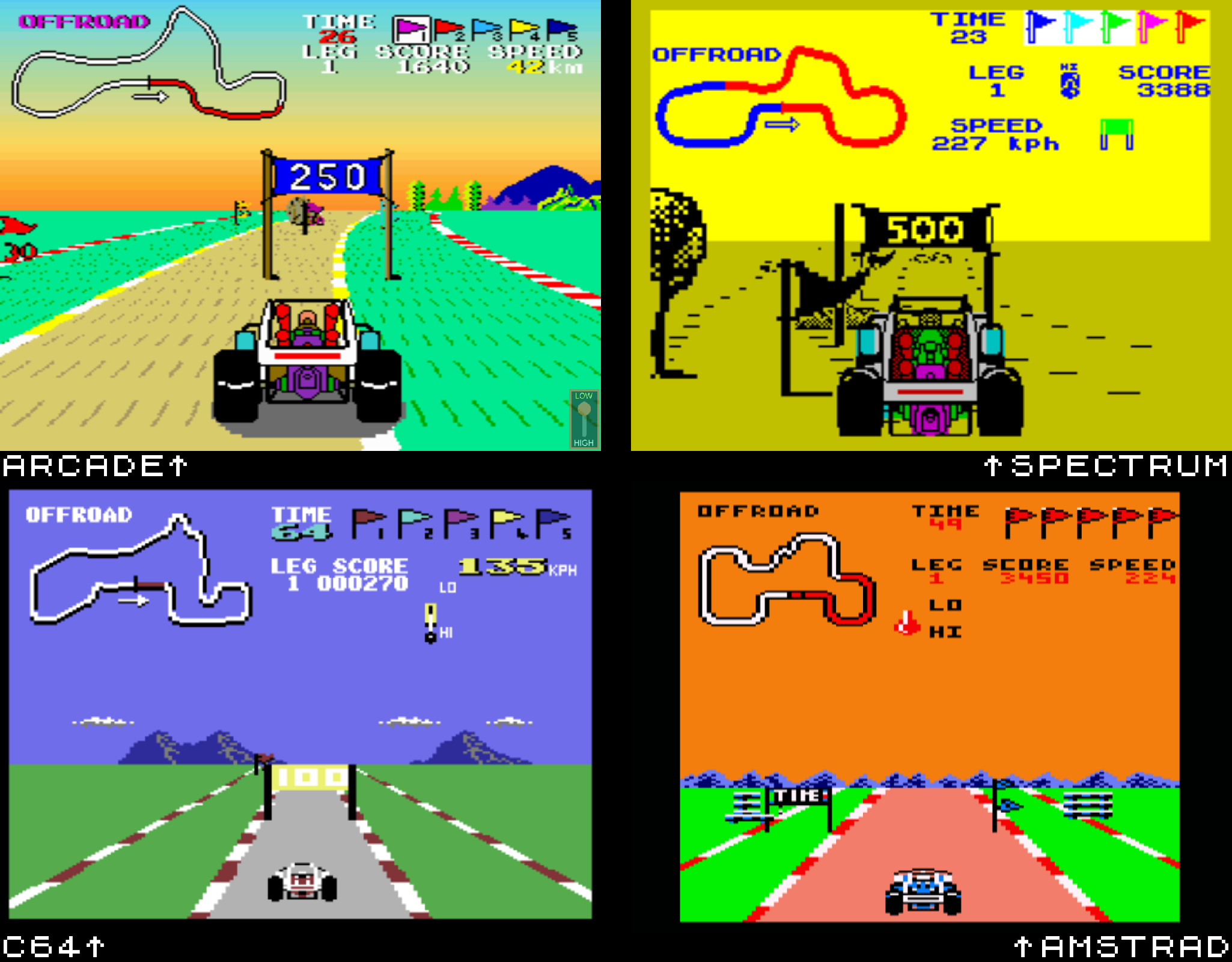
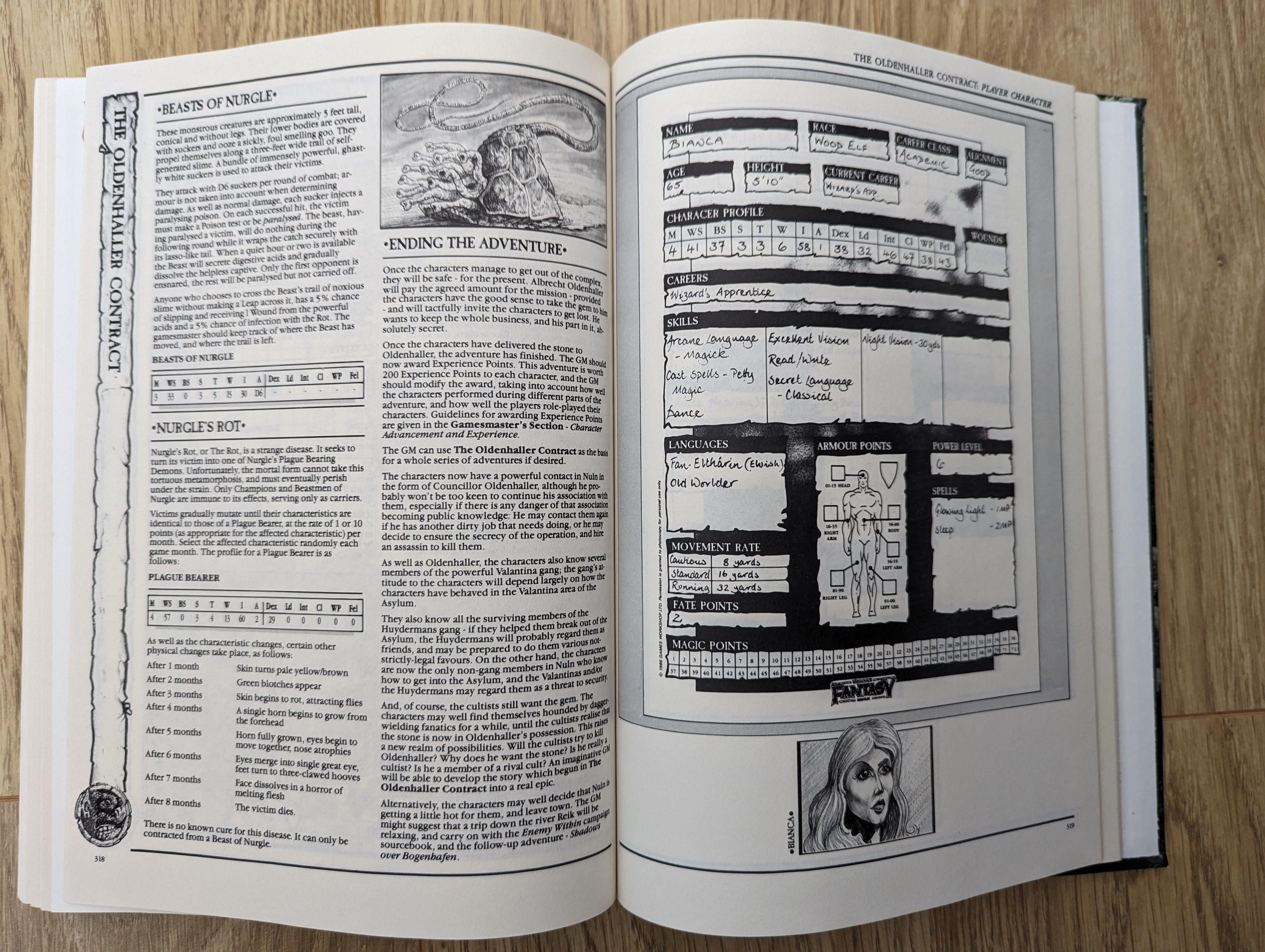
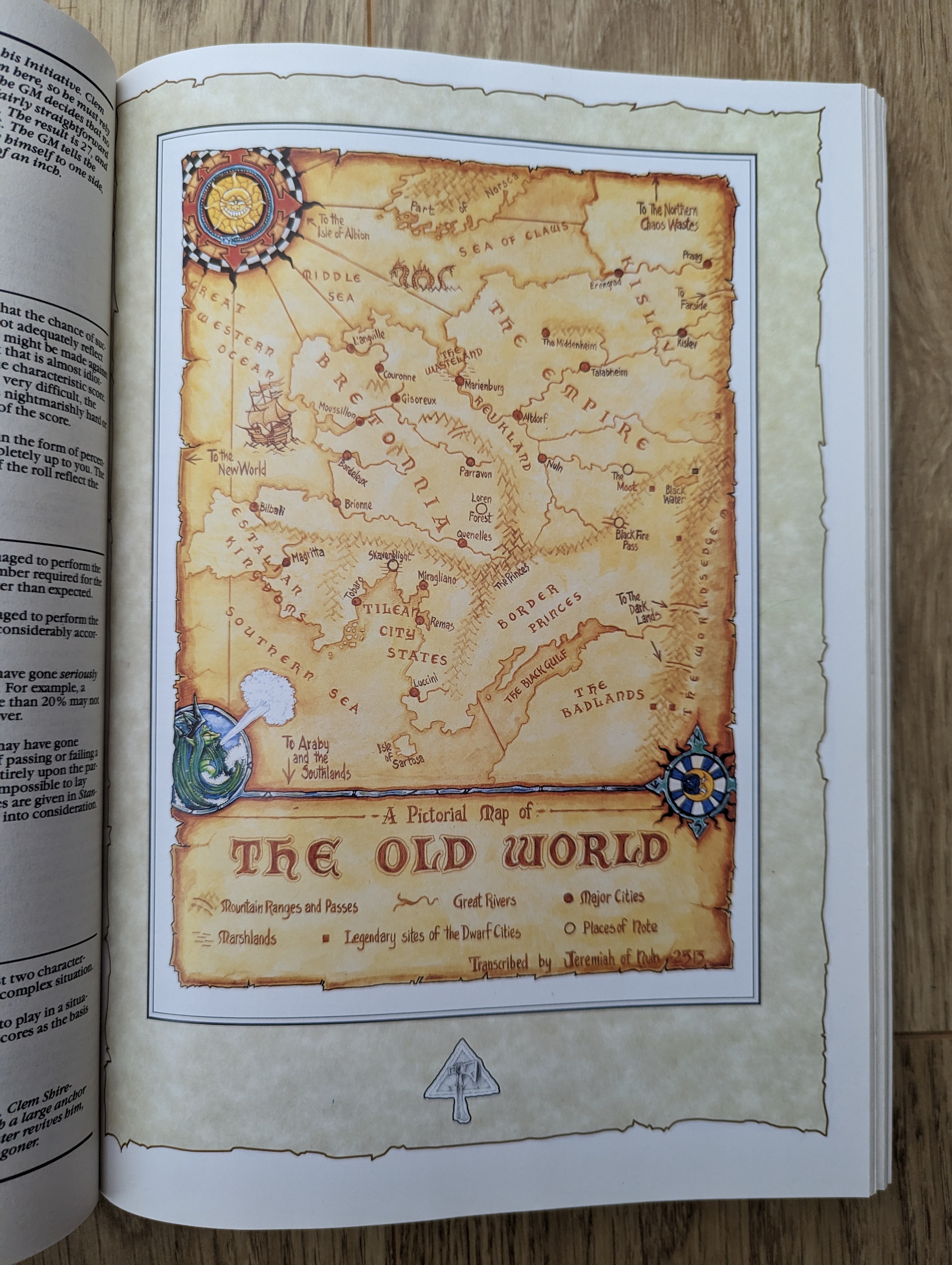
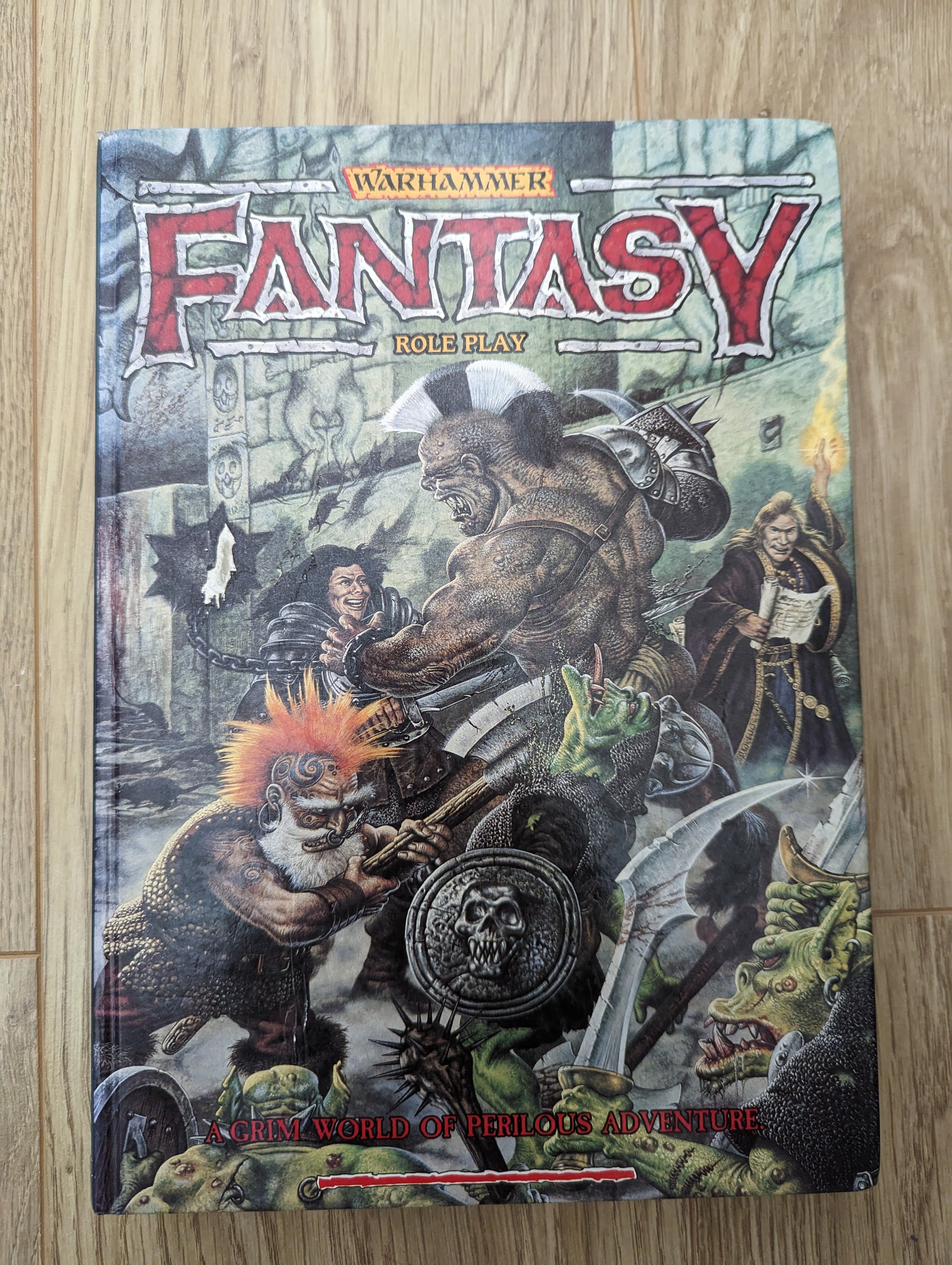





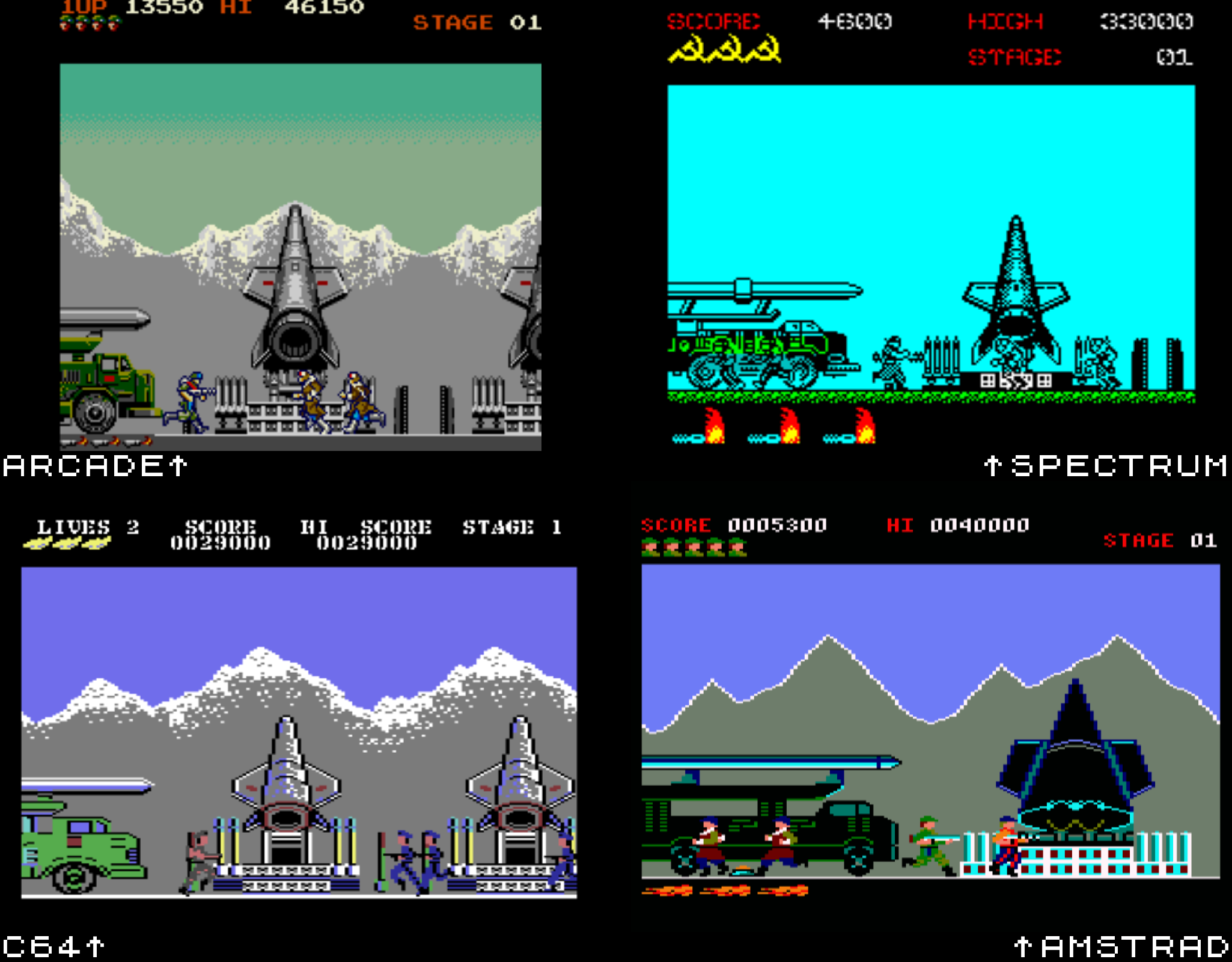
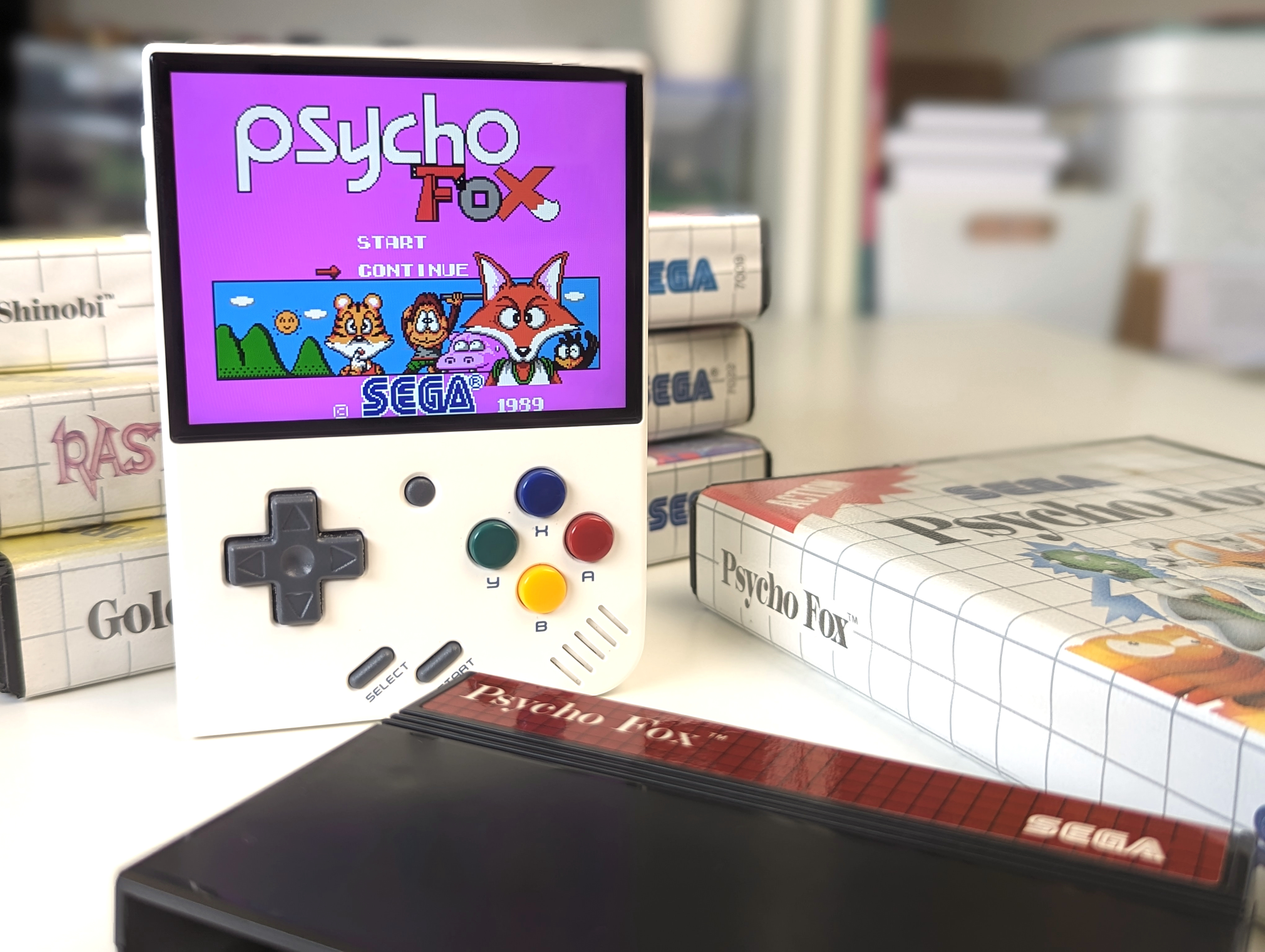
I love and hate the feeling in Animal Crossing that the world has just continued existing without you for the last 18 months that you haven't booted it up. Feels like visiting old friends... but old friends that thought you were dead or something.